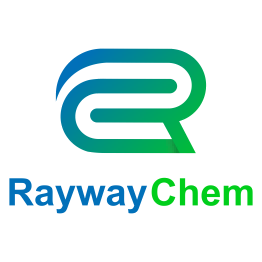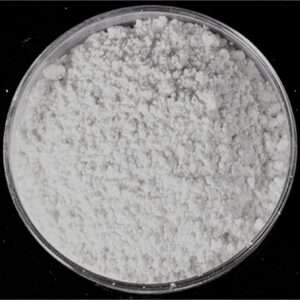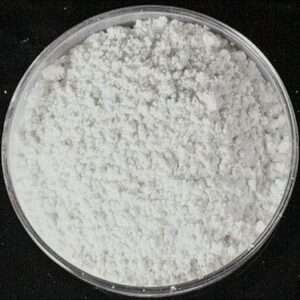Accelerators-Guanidines
The guanidine accelerator is the more used at this stage in the partial alkali accelerator. The natural rubber and styrene-butadiene rubber medium-speed accelerator. When guanidine accelerators are applied independently, the vulcanization development is late, the practical safety factor is large, and the storage reliability of the blended rubber is good, but the vulcanization speed is relatively slow (one time slower than that of sub-sulfur fluorobenzene accelerators). The characteristics of guanidine accelerator vulcanized rubber are increased vulcanization degree, resulting in high strength and high fixed extension ground stress. However, there are many polysulfide bonds and more cyclic compounds in the vulcanized rubber, which makes the vulcanized rubber poorly resistant to high-temperature embrittlement, easy to crack and shrink the deformation. In addition, these accelerators have colour loss and pollution and are not suitable for milky white products. Because of the slow vulcanization speed and poor high-temperature brittleness resistance, guanidine accelerators are generally not applied independently but are used as the second accelerator of thiazoles and sub-sulfur fluorobenzenes. It is used in the production of rubber sheets, shoe soles, bicycle tires, industrial products, thick products, and hard rubber products, and the rubber material with guanidine as the second accelerator is suitable for all vulcanization methods. However, when used as the first accelerator, its vulcanization starting point is so late that it can not be used for warm air vulcanization in general.


